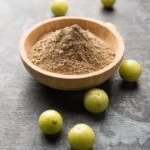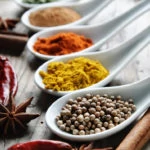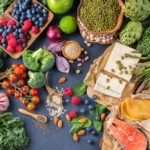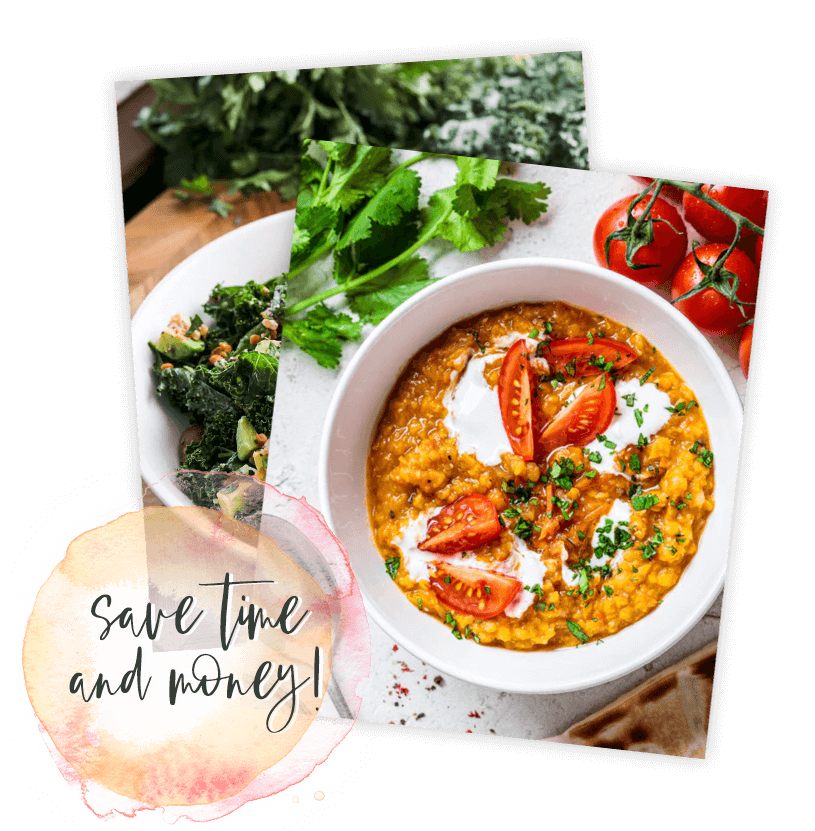How To Reduce Cholesterol Without Medication
Discussing healthy ways and techniques to boost good cholesterol and improve your lipid profile naturally.
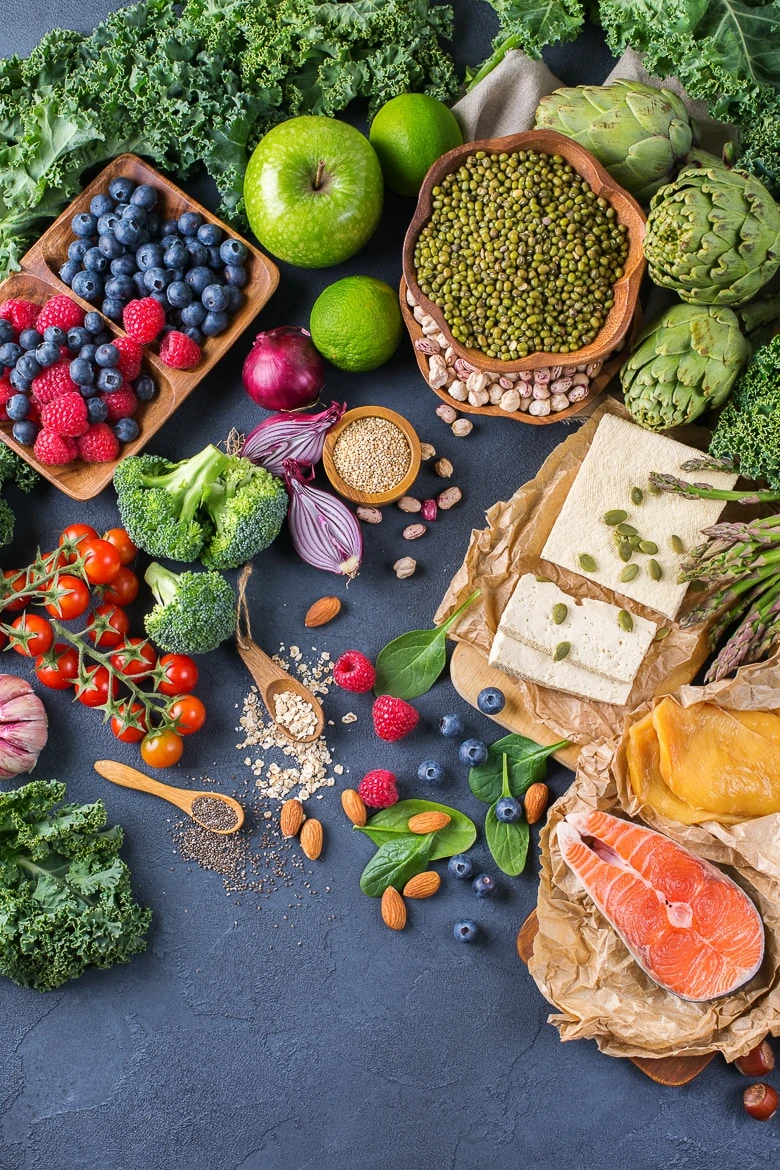
The word cholesterol often invokes a negative reaction, even though our bodies need it to build healthy cells. However, the negativity stems from the fact that not all types of cholesterol is the same.
We have long been told that cholesterol, principally, Low Density Lipoprotein or LDL is bad and responsible for chronic heart diseases such as arteries hardened with plaque. On the other hand, High Density Lipoprotein (HDL) – or good cholesterol – helps remove that lousy cholesterol from your bloodstream.
This stance is an oversimplification. And though it’s tempting to blame LDL for all the heartache — bear in mind that cardiovascular disease is, in fact, a metabolic and hormonal disorder. The “spark” that results in aggressive atherosclerosis (fat accumulation in arteries causing a blockage that results in a heart attack) is a result of insulin resistance — characterized by high levels of glucose and insulin. This torrent typically happens over decades.
Although you may not be aware of it, an increasing number of fervent doctors and other health professionals believe the science against cholesterol as a causal factor in heart disease is weaker than previously thought. Authors of the book, The Great Cholesterol Myth, argue that “Cholesterol is the wrong target if you’re trying to prevent heart disease.” Plus, they point out that statins are often over-prescribed and have significant adverse side effects, which many doctors dismiss.
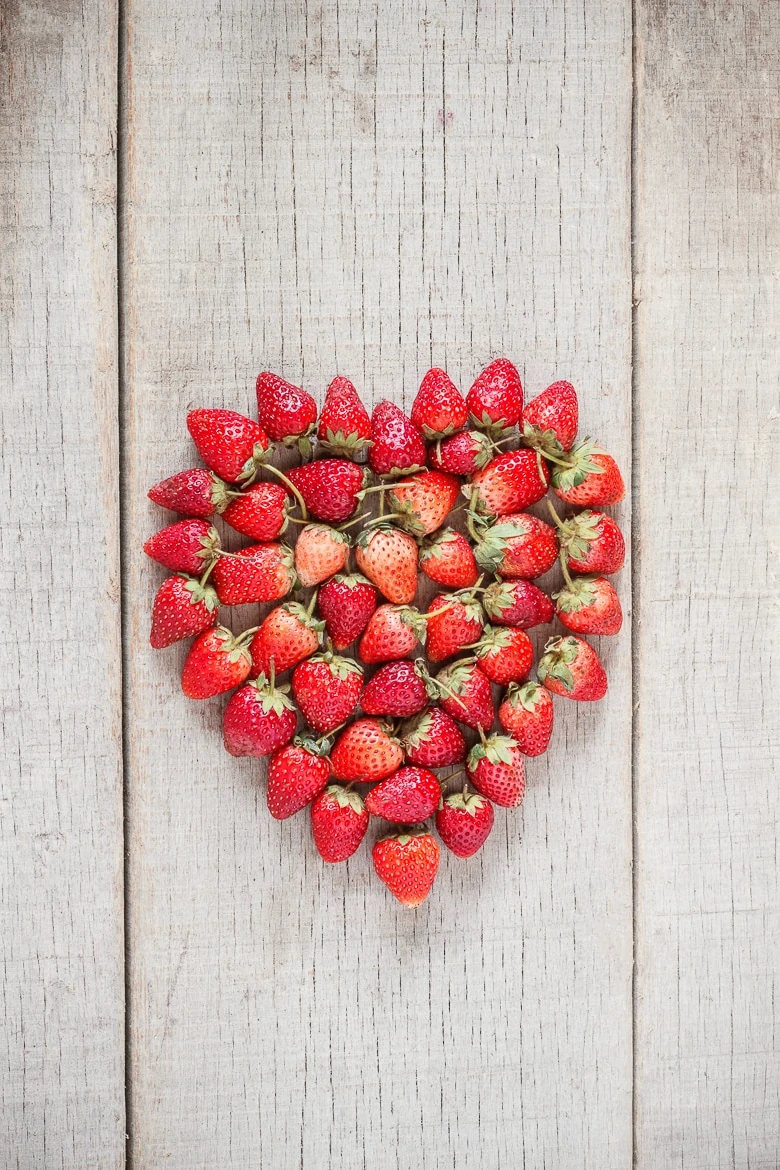
Ivor Cummins, a chemical engineer, who’s been extensively studying the root cause of modern chronic diseases with the medical community, argues that out-of-control glucose and insulin levels cause an “inflammatory milieu” that drives arterial disease. Numerous mechanisms show that elevated glucose causes increased dysfunction in arteries as well as a build-up of visceral fat (fat surrounding your organs), which causes “middle belly.” This visceral fat releases inflammatory markers — starting a cascade of negative signalling — leading to an out-of-whack lipid profile.
Note: lipid profile and not LDL. This means:
- ⬆ Very Low Density Lipoprotein (VLDL)
- ⬆ Triglyceride (TAG)
- ⬆ Oxidized LDL
- ⬇HDL
- ⬆Total cholesterol:HDL ratio
- ⬆LDL count
In a scenario where there is inflammation and vascular distress, i.e., damage to the layers of your blood vessels — having a high LDL level can make things worse and likely trigger atherosclerosis.
Put simply; we should not interpret LDL levels in a vacuum.
According to MD, Thomas Dayspring, a leading voice in the field of lipidology: based on the current National Health and Nutrition Examination Survey (NHANES) data, “Majority of MI (myocardial infarction) is explained by insulin resistance…LDL is a terrible biomarker.”
When confronted with a high cholesterol level, it is easy to resort to medication to keep levels under control. However, there are several lifestyle measures, including foods that can actively help lower cholesterol naturally, treat insulin resistance, improve your overall lipid profile, and reduce the risk of cardiovascular diseases.
What Can You Do To Lower Your Cholesterol Without Medication
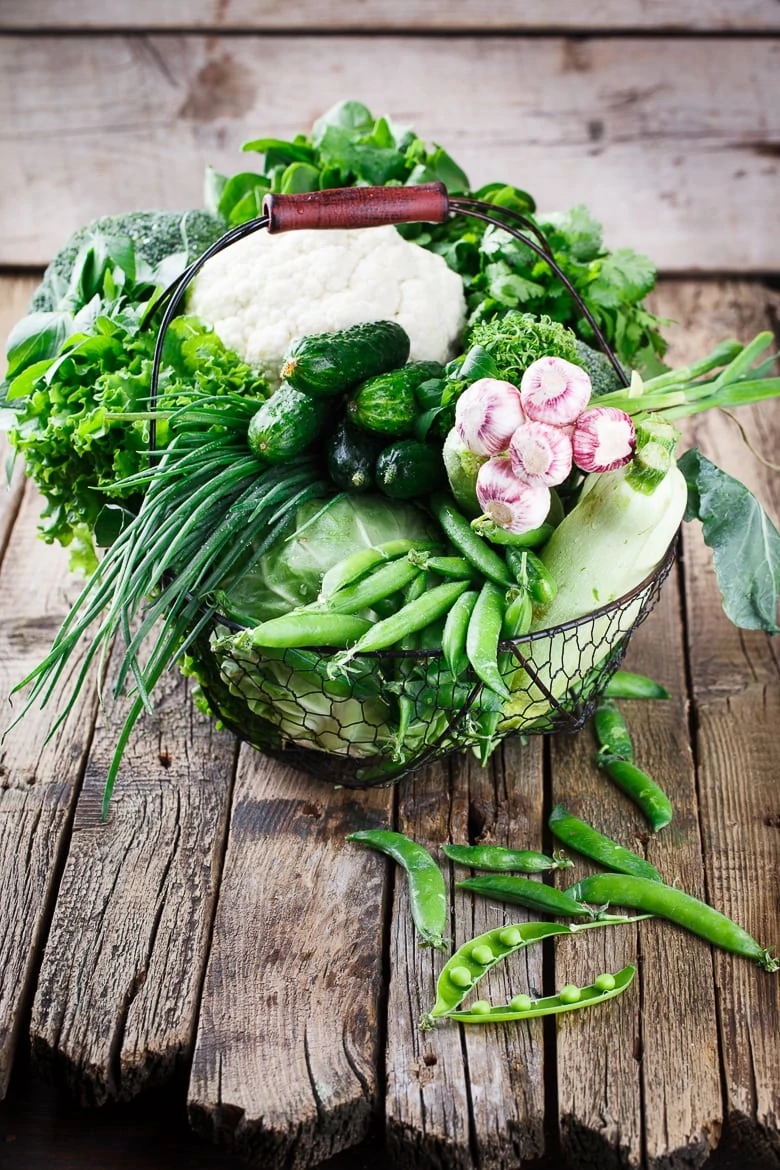
1) Have a heart-healthy diet:
Rather than seeking a low cholesterol food list, evaluate your diet carefully and make simple and sustainable swaps to prevent perpetual glucose and insulin spikes that could lead to vascular dysfunction and build-up of visceral fat.
Limit refined carbs as much as possible:
Refined carbs are usually found in two main foods – refined grains and refined sugars. Both of these can be found in a wide variety of sweet and savoury items such as cakes, soda, bread made with white flour. It is important to remember that refined carbs do not make the list of cholesterol-lowering foods. Plus, they do not provide lasting energy, and miss important nutrients.
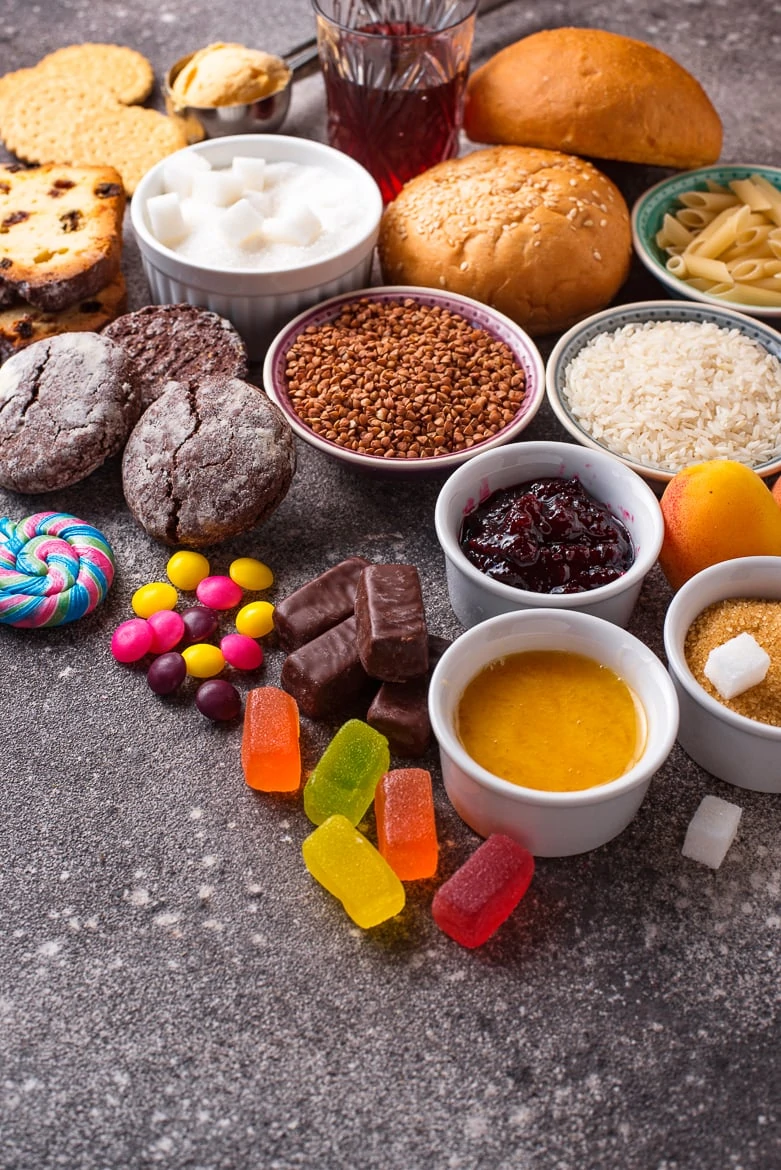
Optimize your omega-6 to omega-3 fats ratio and consider the omega 3 index:
A high omega 6 to omega 3 ratio may contribute to inflammation and could raise disease risk. As western populations, we typically consume an excess of processed seed and vegetable oils, and not enough of omega-3 fats. Of particular importance are specific levels of omega 3s – EPA (Eicosapentaenoic acid) and DHA (Docosahexaenoic acid) in the blood – measured via the Omega-3 Index test. Blood levels of EPA and DHA are a strong reflection of intake of these fats and help to assess the risk of cardiovascular disease.
The Omega-3 Index risk zones for heart disease:
High Risk = <4%
Intermediate risk = 4–8%
Low risk = >8%
Being in the highest risk zone equates to a 90% higher risk of sudden cardiac death.
High sources of omega-6 fats (shaded blue in Figure 1) include:
- Sunflower oil
- Corn oil
- Soybean oil
- Cottonseed oil
Food sources low in omega-6 fats include:
- Olive oil
- Coconut oil
- Butter
- Lard
- Palm oil
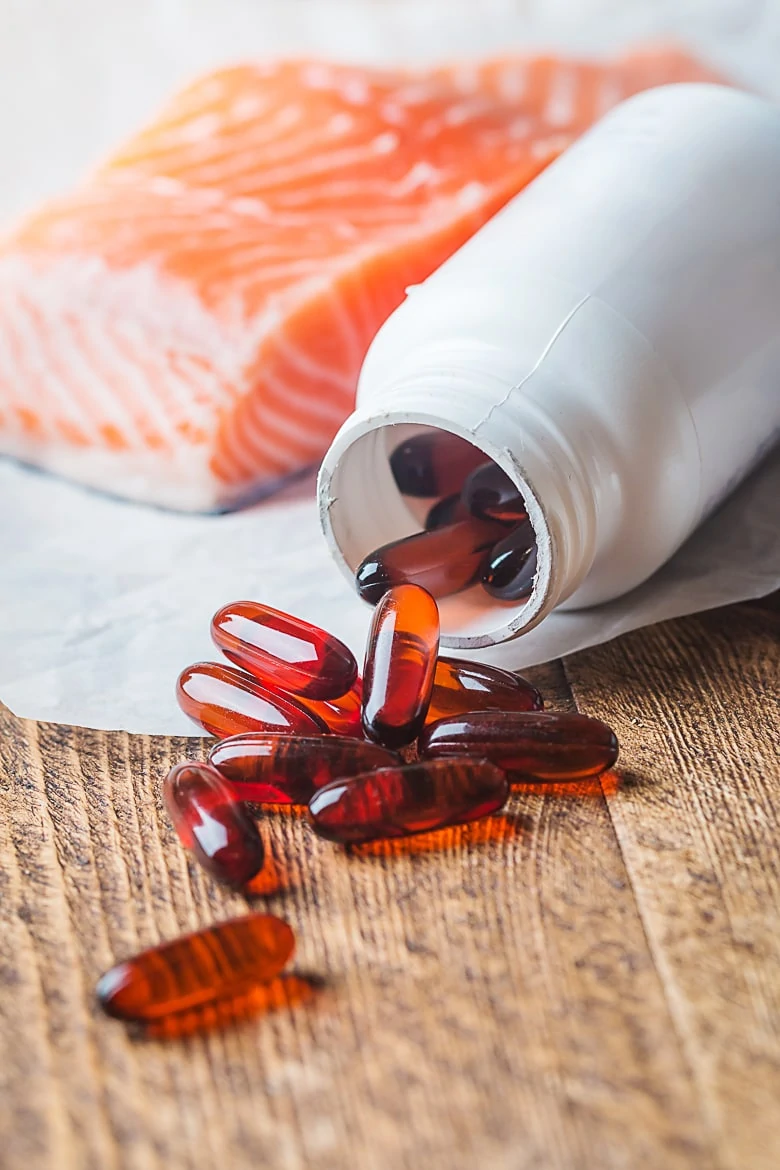
Increase your intake of omega 3 fats. High sources – with both EPA and DHA include:
- Animal sources:
- salmon
- mackerel
- herring
- sardines
- cod liver oil and fish oil supplements
- fortified eggs
- Plant sources – algae and seaweed:
- spirulina
- nori
- chlorella
Figure 1: Fatty Acid Content of Dietary Fats
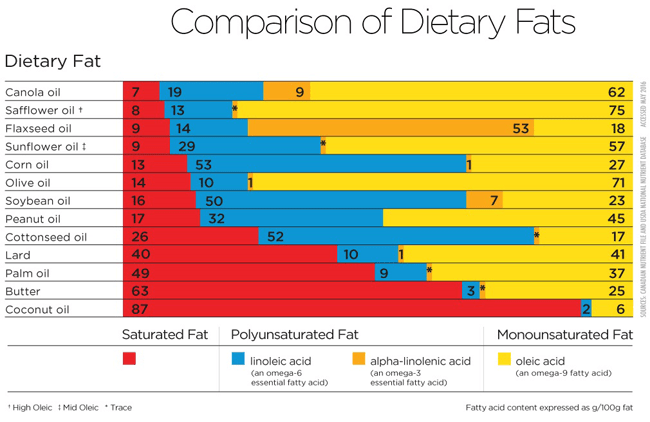
Source: POS Pilot Plant Corporation
Fruits and vegetables:
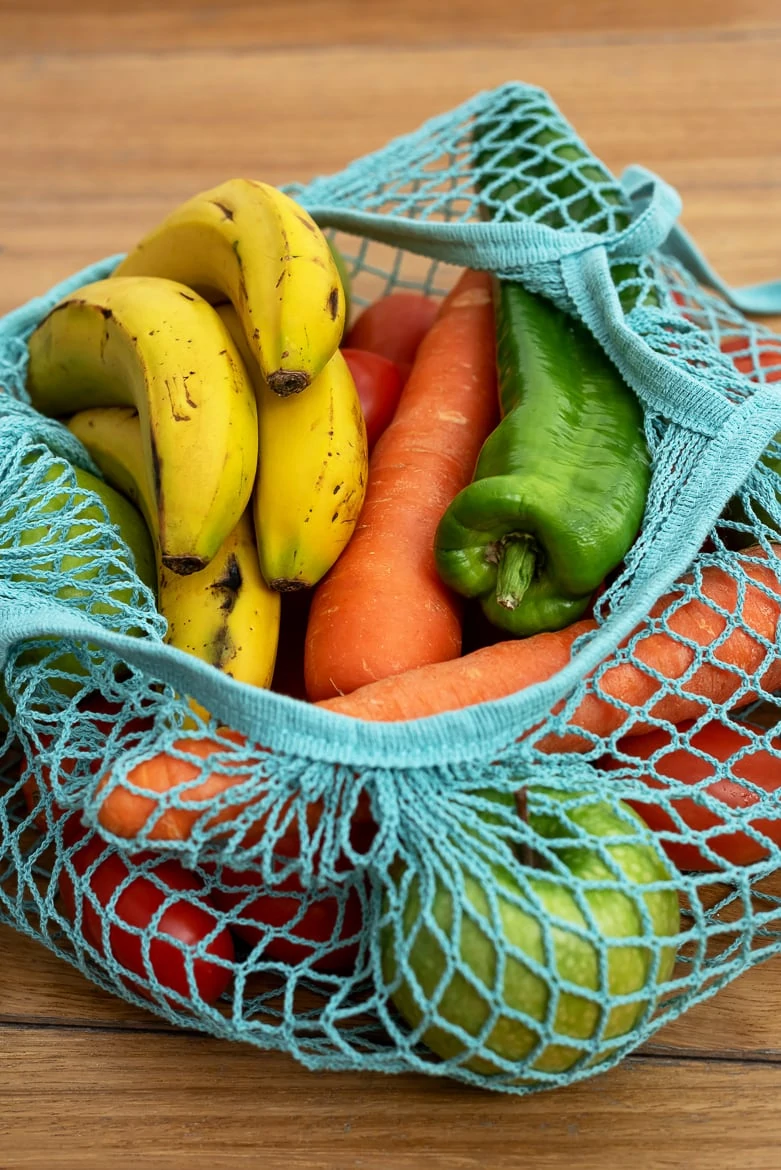
Vitamins, minerals, fibre and plant chemicals present in fruits and vegetables can help to slow down or prevent atherosclerosis by reducing the build-up of plaque:
- Eat whole fruits more often instead of juices (which will spike insulin levels and could lead to insulin resistance over time). Fruits such as berries, peppers and tomatoes also contain a high level of disease-fighting phytonutrients (plant compounds).
- Enjoy more vegetables – especially those rich in nitrates. This helps to relax the arteries and permit more blood flow to prevent blockages. Some examples include: arugula, beets, beet greens, swiss chard, cilantro, basil and rhubarb.
Don’t forget to check out all the wholesome recipes you can create with heart-healthy fruits and vegetables, up on my website!
Avoid trans fats:
Always remember to read nutrition labels and ingredients before making a purchase! Trans fats are also known as “hydrogenated oils” and can be present in products as sneaky ingredients to make them last longer. They can also be present in processed food items such as supermarket-ready meals, and ultra-processed (highly manipulated) foods such as chips, cookies, soft drinks, sugar-laden breakfast cereals, candy etc.
Opt for a plant-focused diet:
One University of Toronto study showed that eating a plant-based diet reduced cardiovascular disease risk factors, including triglycerides, inflammation and blood pressure. In fact, the evidence laid out during the American Heart Association’s Scientific Sessions, 2017 revealed that plant-based diets lessened the risk of heart failure by 42 percent among people with no prior history of heart disease.
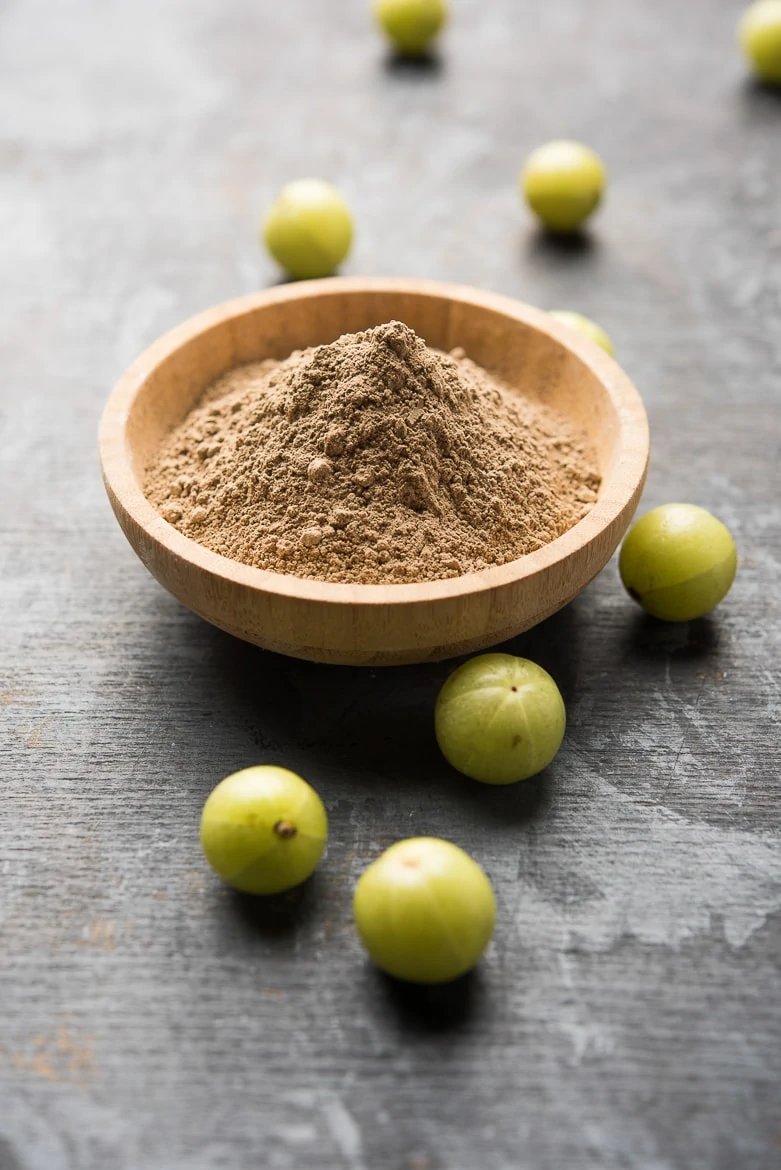
Embrace antioxidants:
You’ve probably heard of them, but do you know just how good antioxidants are for you? They help defend the body from damage caused by potentially harmful molecules known as free radicals. Research has shown compelling evidence that antioxidants found in amla – the Indian Gooseberry – can generate significant reductions in cholesterol, LDL and triglycerides and improve HDL in those with diabetes.
Keep your gut microbiota healthy:
Did you know that gut microbes have been found to affect risk factors for heart health? Research shows that looking after these ‘colourful characters’ is very important, because they probably have some influence on risk factors such as obesity and diabetes. So, how should we look after them? One way: increase soluble fibre! Soluble fibre consumes water to form a thick paste in our digestive tracts. This supports digestive health and therefore leads to better heart health outcomes. Foods rich in soluble fibre include whole grains such as oats and brown rice and legumes, including beans, lentils, chickpeas and peas. Also, don’t forget those prebiotics and probiotics, which can provide our digestive ‘armies’ with much-needed reinforcements.
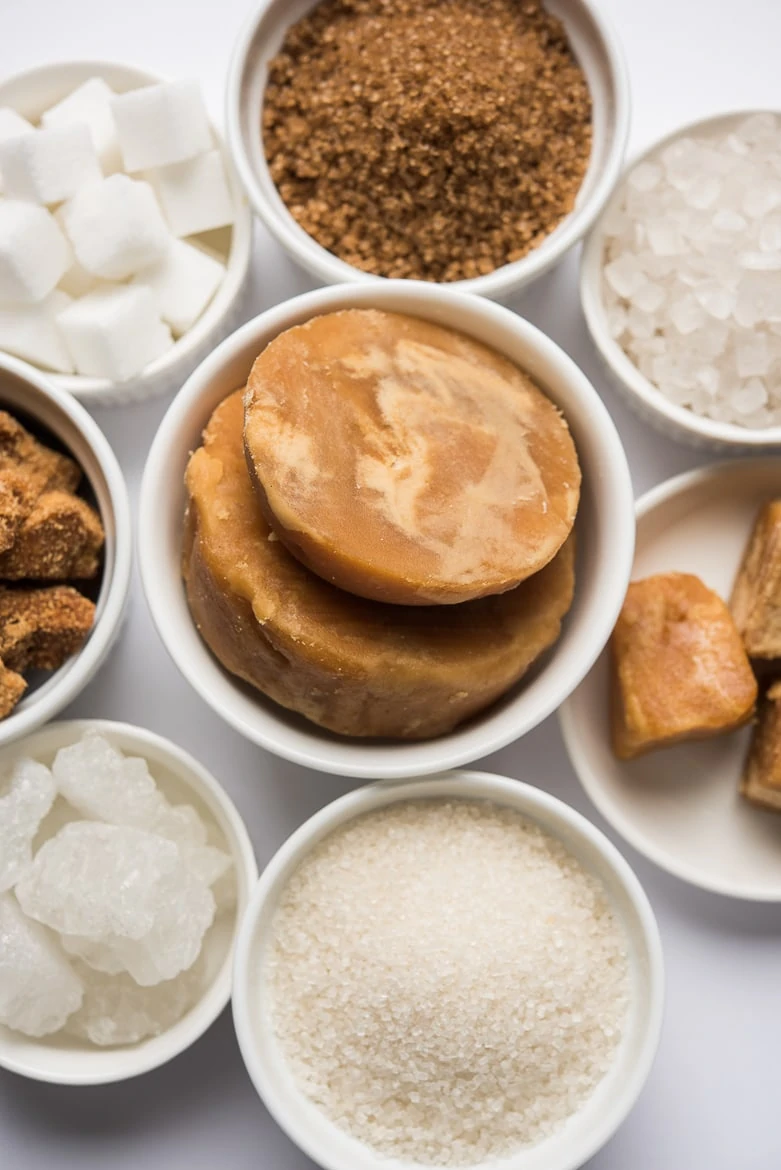
Reduce added sugar:
Added sugars are all the various types of sugars added to foods during processing. Top food sources of added sugars in North America are sodas, desserts, and energy and sports drinks. A high added sugar intake has been associated with increasing triglycerides (these raise heart disease risk and are a sign of metabolic syndrome). Added sugar may also be the driver for coronary heart disease via insulin resistance and hyperinsulinemia.
Revisit your carb load:
Given that out-of-control glucose and insulin levels result in arterial disease, a low carb diet has shown to have a favourable influence in the short term (here, here, here and here). Additionally, a low-carb diet may positively influence triglyceride levels in the blood. However, the evidence isn’t as clear-cut when it comes to low carb diets and LDL levels. Mansoor and colleagues explain that a low-carb diet often offers minimal or no reduction of LDL and total cholesterol levels.
Spice up your food:
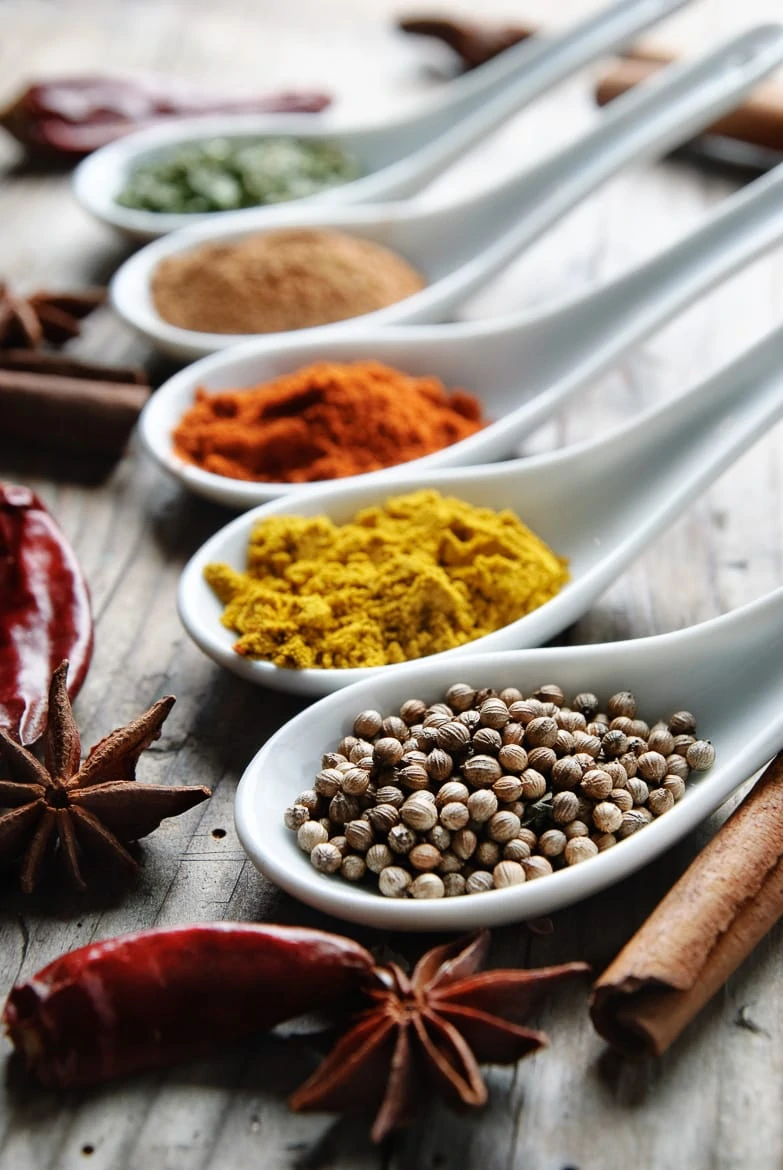
Herbs and spices, even when used for garnishing, can act as nutritional powerhouses. Research shows that garlic, turmeric and ginger are especially effective at lowering cholesterol when eaten regularly.
2) Get moving!
A consistent workout schedule can do wonders for improving your lipid profile and heart health! Regular exercise can boost good cholesterol (HDL), and lowers blood pressure. It doesn’t necessarily have to be a two-hour session at the gym – a short dance routine or regular movement will make a difference — not only to your heart health but also your overall sense of wellbeing. You can even make it a more social activity by exercising with a friend (once normality returns) or a family member. Small doses of movement throughout the week will help to keep your lipid profile in check.
3) Avoid smoking:
According to the American Heart Association, smoking lowers your good cholesterol level and raises your risk of high blood pressure and heart disease. This may require you to work with your doctor for a workable action plan to quit smoking.

4) Limit alcohol:
If you drink and enjoy engaging in a glass of wine or two, try and cut back on your alcohol consumption. Too much alcohol can lead to serious health problems, including high blood pressure, heart failure and strokes.
5) Eat mindfully:
Mindful eating is important for building a positive relationship with food — and your body. This approach is usually aimed at two factors: being mindful of what we eat and focusing on the why and how of eating. This supports us to have a more holistic point of view towards meals. Plus, It encourages a powerful sense of belief and trust in our decision-making with food, allowing us to move from external motivation to self-motivation. The entire process may help in forever changing how we relate to food.
6) Learn to manage stress:
Did you know your cholesterol levels can sky-rocket with increased stress levels? Find creative ways to get a handle on stress. Listen to a podcast, read a good book, slow down and enjoy a steaming cup of coffee or enjoy some mindless TV – anything to forget life’s stresses – at least for a short while – and keep those cholesterol levels in check.

7) Laughter is key:
Laughter is the best medicine, they say – and for good reason! This is because it releases nitric oxide – a chemical that protects the heart by reducing inflammation and preventing cholesterol plaques. So, watch a funny film, throw your head back and laugh!
Final Thoughts – Lower Cholesterol Naturally
These tips are just some of the ways you can explore to improve your lipid profile and reduce risks to your health. The debate regarding cholesterol is arguably one of the most persistent of all healthcare and dietary debates, and the amount of back and forth may scare or intimidate you. But I hope that this advice will inspire you to take back control and reframe the narrative, empowering you to being realistic and engage in manageable techniques, all of which will build up to form the habits you need to protect and nurture your heart health.
FIX MEAL PLANNING OVERWHELM
- Done-for-you meal plans that will end your cooking wars!
- A selection of mouthwatering eco-friendly and plant-focused whole food recipes, complete with grocery lists.
- Food shopping and meal prep tips to make the most of your time in the kitchen and take the guesswork out of what to eat and how to prepare it!
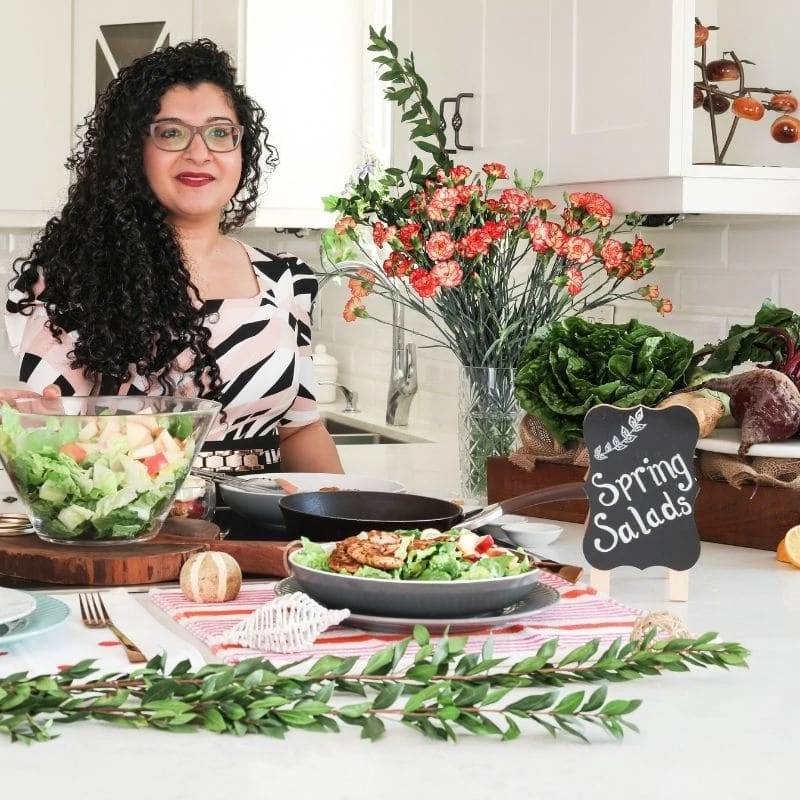
It’s always best to visit your doctor to better understand your long-term risks of developing heart disease and whether cholesterol-lowering medication may be right for you.
Are you concerned about your cholesterol levels? What lifestyle changes have you made to lower cholesterol naturally? Enjoy this collection of heart healthy recipes to take your meals from ‘meh’ to mind-blowing 🙂
If you try any of these tips, I would love to hear from you! Leave a comment, rate it, or share a photo and hashtag with #desiliciousrd on Instagram, Facebook and Twitter! Can’t wait to see your photos.
Want a FREE Delicious Offer?


